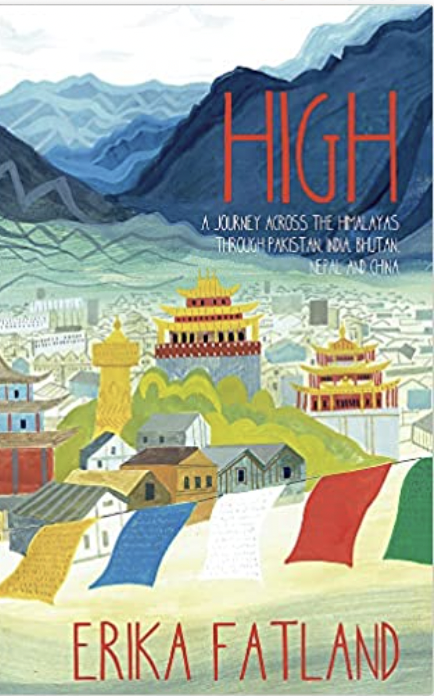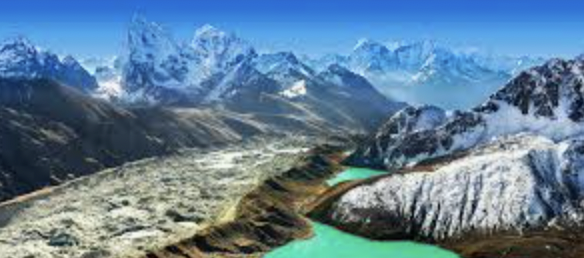
Himalayas – Beautiful but fragile



The Himalayas spanning for over two thousand kilometers through several countries from Pakistan to Myanmar via Nepal, India, Tibet, and Bhutan, where the world’s religions of Islam, Buddhism, and Hinduism are interspersed with ancient shamanic beliefs, where different cultures exist in these isolated mountain valleys, Modernity and tradition collide while the great powers fight for influence.
Early in her travels across the Himalayas, Erika Fatland comes across a café in the isolated Hunza Valley, controlled by Pakistan, but claimed by India, where the owner has an Italian coffee machine but no electricity to operate it. Hunza Valley was a key location in the great game, the bitter 19th-century rivalry between Britain and Russia in Central Asia and the high Himalayas the remote and ecologically fragile, the planet’s youngest mountain ranges and one of its most fiercely contested and heavily militarized regions. Beijing and New Delhi, and their strategic partners, are jostling for advantage in a largely hidden conflict that erupted in May 2020, in a vicious high-altitude skirmish that left both Indians and Chinese soldiers dead. Neighboring Nepal, Pakistan, and Bhutan all part of the Himalayas are also all caught up in this bitter rivalry.
We have read about climbers and adventurers on their way up Mount Everest, and about travellers on a spiritual quest to remote Buddhist monasteries. Travel writer, Erika Fatland focuses on the communities of these Himalayan valleys, those who live and work in this extraordinary region. She meets particularly the women and takes us on a vivid and dizzying expedition at altitude through incredible landscapes and dramatic, unknown histories. She reveals the politics, astrology, theology, and ecology of this vast region, and explores some of the most volatile human conflicts of our times.
High: A Journey Across the Himalayas Through Pakistan, India, Bhutan, Nepal, and China by Erika Fatland, Maclehose Press £30, 592 pages.
